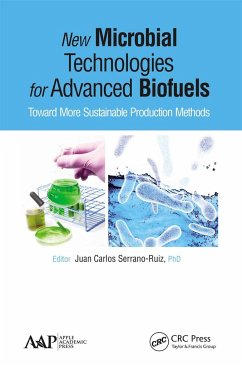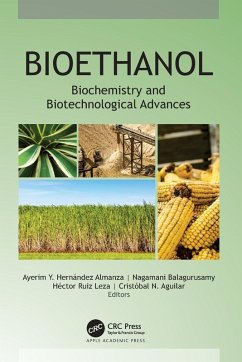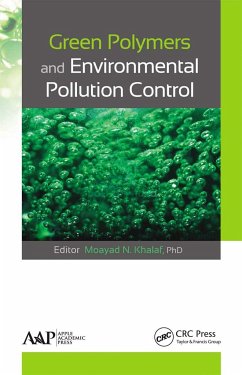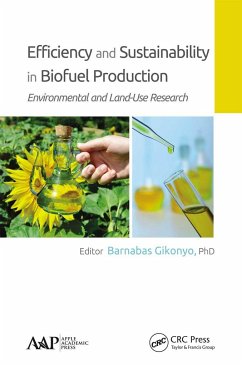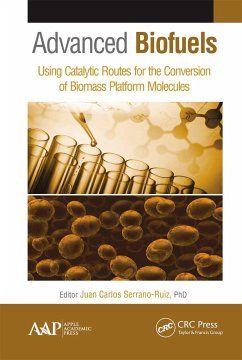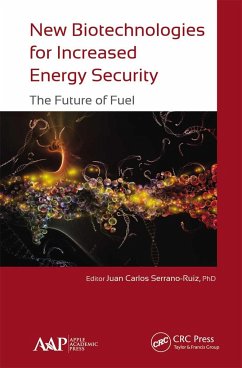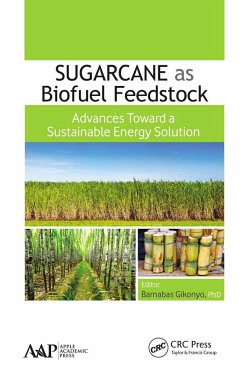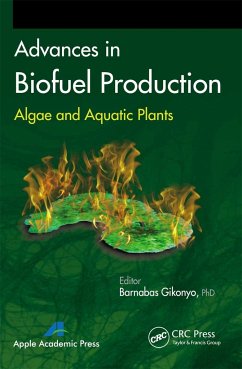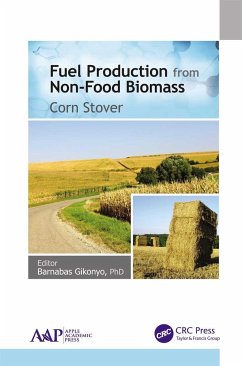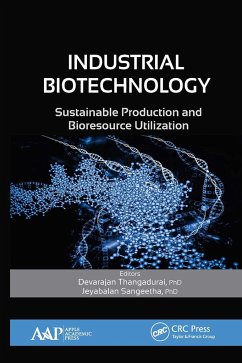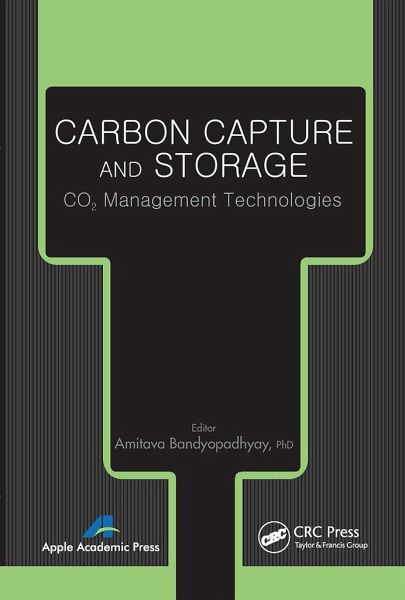
Carbon Capture and Storage
CO2 Management Technologies
Herausgeber: Bandyopadhyay, Amitava
Versandkostenfrei!
Versandfertig in 1-2 Wochen
99,99 €
inkl. MwSt.

PAYBACK Punkte
50 °P sammeln!
This title includes a number of Open Access chapters. Carbon capture and storage (CCS) refers to a set of technologies and methods for the mitigation, remediation, and storage of industrial CO2 emissions, the most imminent and virile of the greenhouse gases (GHG). The book addresses the methods and technologies currently being applied, developed, and most in need of further research. The book: ¿ Discusses methods of carbon capture in industrial settings ¿ Presents biological and geological approaches to carbon sequestration ¿ Introduces ionic liquids as a method of carbon capture ¿ Introdu...
This title includes a number of Open Access chapters. Carbon capture and storage (CCS) refers to a set of technologies and methods for the mitigation, remediation, and storage of industrial CO2 emissions, the most imminent and virile of the greenhouse gases (GHG). The book addresses the methods and technologies currently being applied, developed, and most in need of further research. The book: ¿ Discusses methods of carbon capture in industrial settings ¿ Presents biological and geological approaches to carbon sequestration ¿ Introduces ionic liquids as a method of carbon capture ¿ Introduces new approaches to capturing CO2 from ambient air



